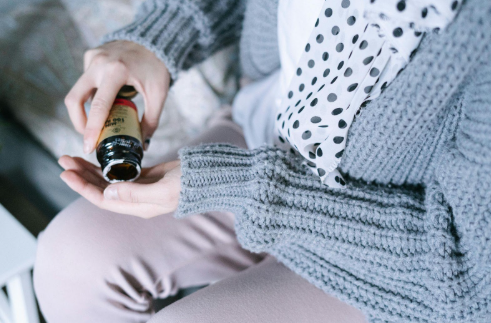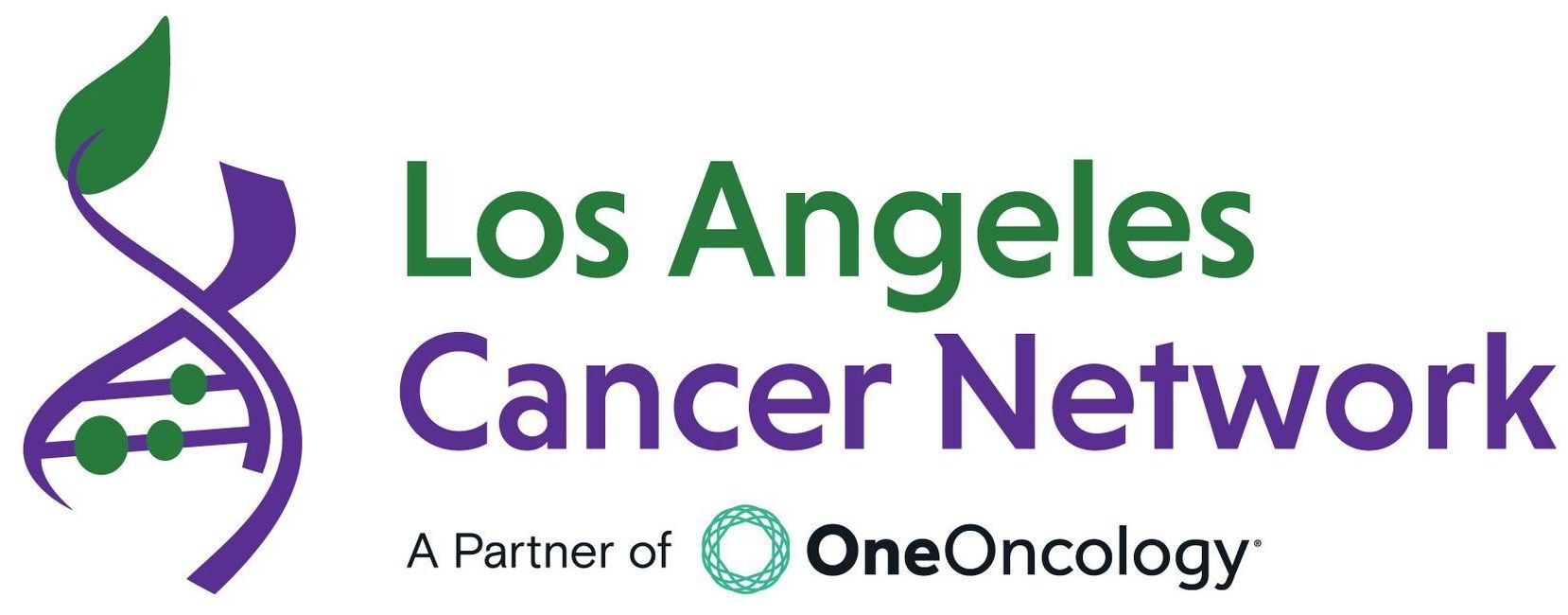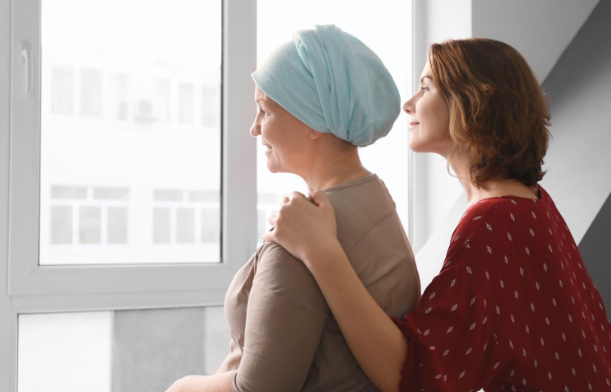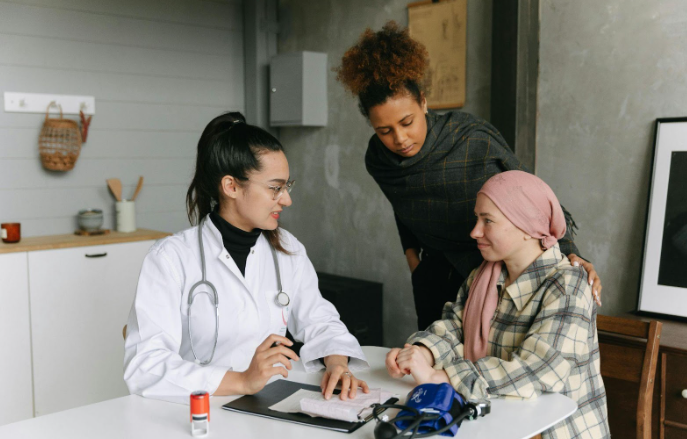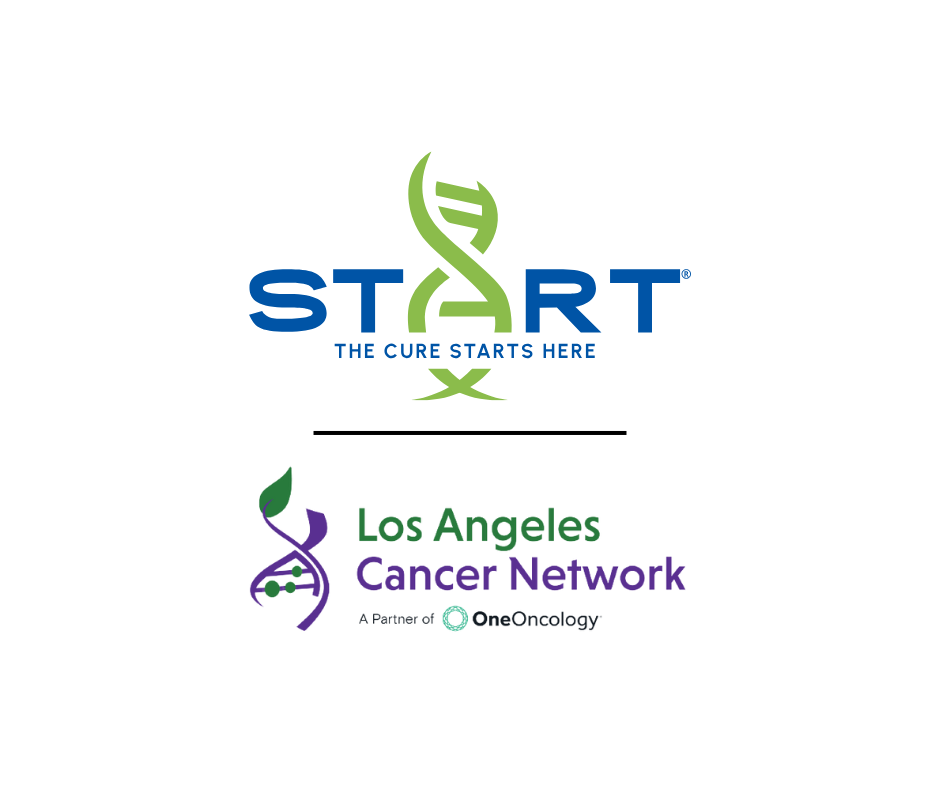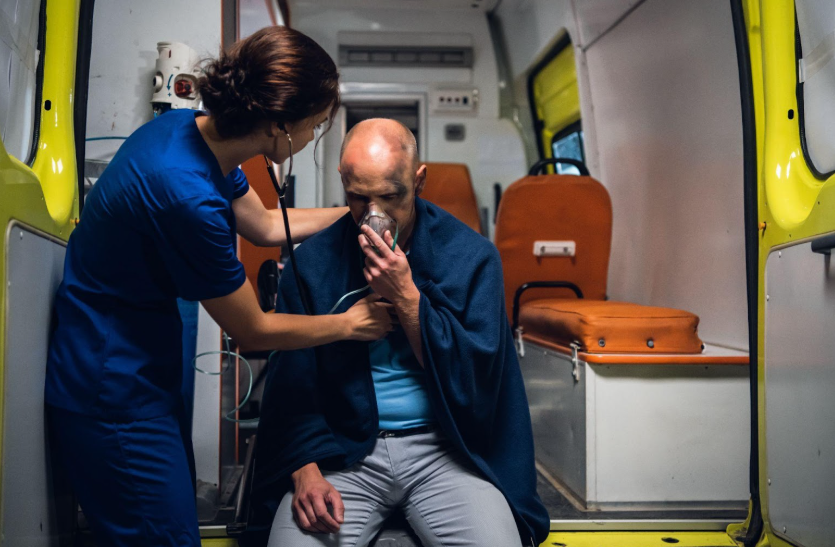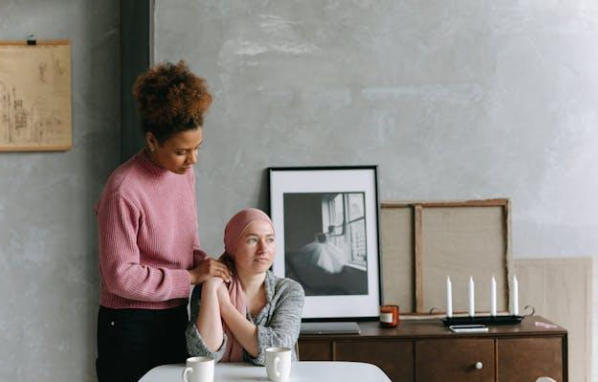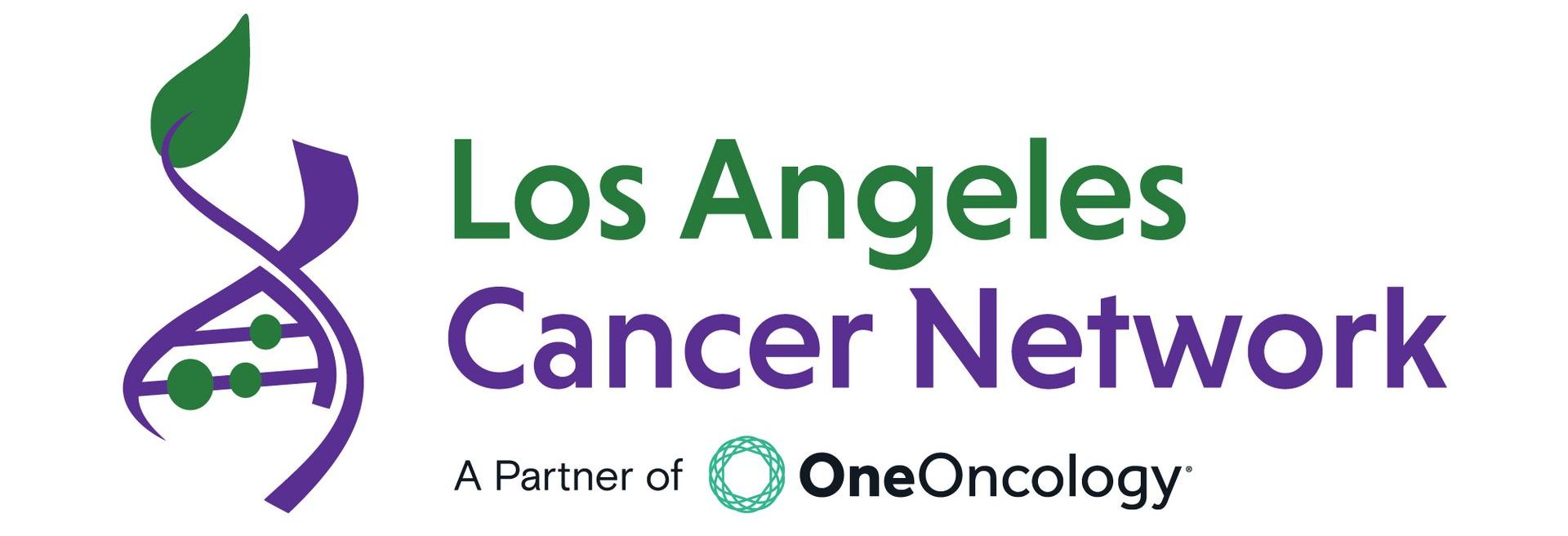Sun Safety in California: How to Protect Your Skin from Cancer in the Year-Round Sunshine
Sun Safety in California: How to Protect Your Skin from Cancer in the Year-Round Sunshine
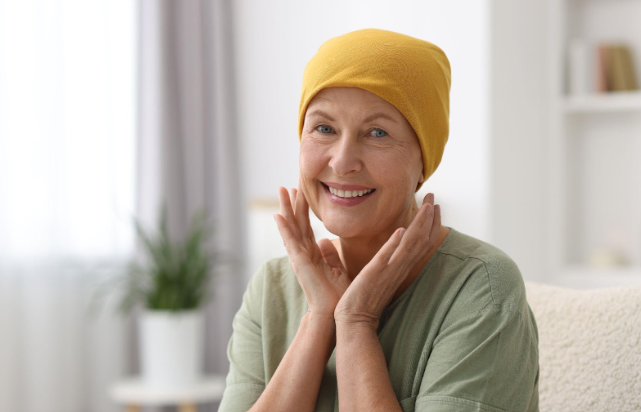
California’s climate may be ideal for outdoor living, but with its near-constant UV exposure, it also presents a continuous risk to your skin. Unlike other states where sunlight varies seasonally, California’s UV index remains high throughout the year, making daily sun safety essential.
UVA rays penetrate deep into the skin and contribute to aging and DNA damage, while UVB rays cause sunburn and directly trigger mutations that lead to
skin cancer.
Why Sun Protection Matters—Especially in California
Skin cancer is the most common form of cancer in the United States, and California sees some of the highest rates, especially for melanoma. In many areas of the state, melanoma is among the most diagnosed cancers in adults under 40. Early and cumulative sun damage is a leading factor, particularly in people with fair skin, a history of burns, or long-term sun exposure without protection.
Increased awareness has helped, but the numbers still trend upward, making prevention the most reliable way to reduce risk. You can't undo past sun damage, but you can actively protect yourself moving forward with advanced tools and professional products.
Understanding Skin Cancer Types
Basal cell carcinoma (BCC) and squamous cell carcinoma (SCC) are the two main non-melanoma skin cancers. BCC grows slowly on sun-exposed areas and is rarely fatal, but it can cause disfigurement. SCC grows faster, is more likely to spread, and is linked to cumulative sun exposure. Both are strongly associated with chronic UV radiation, especially in sunny regions.
Also, Melanoma accounts for about 5% of skin cancers but causes most skin cancer deaths. It often develops after severe sunburns before age 18, with risk increased by cumulative and intense UV exposure.
Here are some routines you might want to follow to protect your skin’s health:
Using Professional Sunscreens
Over-the-counter sunscreens can provide some protection but often break down quickly under California’s intense sun and may lack full-spectrum coverage. Professional-grade sunscreens are designed to stay stable and effective longer, even in extreme conditions. These sunscreens are specifically tested for high-risk environments, ensuring they remain effective even during extended sun exposure.
You benefit from:
- Broad-spectrum coverage (UVA and UVB).
- Higher zinc oxide or titanium dioxide content for better physical blocking.
- Sweat- and water-resistant performance, ideal for outdoor activities.
- Non-irritating and non-comedogenic formulas, suitable for sensitive or acne-prone skin.
- Longer photostability, reducing the need for constant reapplication.
Protective Clothing and Environmental Control
You need multiple lines of defense during peak sun hours between 10 a.m. and 4 p.m. Clothing, shade, and even your car windows play a role in comprehensive sun protection. These methods reduce total UV exposure and give your skin a better chance to repair and recover. Key protection strategies include:
- UPF Clothing: Designed with advanced fabrics, UPF clothing offers superior protection by effectively blocking harmful UV rays, far beyond what standard clothing can provide.
- Wide-Brimmed Hats and Wrap-Around Sunglasses: These essential accessories protect your face and eyes from direct sunlight, reducing the risk of sun damage in sensitive areas.
- UV-Blocking Window Films for Homes and Cars: Applying UV-blocking films helps minimize indoor UV exposure, especially during driving, keeping you safer throughout the day.
- Scheduling Outdoor Time for Mornings or Late Afternoons: Planning activities outside during these lower-intensity periods helps you avoid the strongest and most harmful UV rays.
Routine Skin Exams
Even with careful sun protection, some skin damage can go unnoticed, making annual full-body skin examinations essential. Early signs of skin cancer, such as basal cell carcinoma or squamous cell carcinoma, often appear as subtle changes, like dry patches, new or changing moles, or slight discoloration, that are easy to miss.
During a professional skin check, clinicians use advanced tools like dermoscopy and digital imaging to detect abnormalities invisible to the naked eye. This technology improves early detection, which is critical because most skin cancers, when caught early, respond well to treatment with minimal intervention.
Regular monitoring enables timely diagnosis and treatment, which reduces the risk of advanced disease, especially if you have a history of severe sunburns, frequent or prolonged outdoor exposure, fair or sensitive skin, or a family history of skin cancer.
Digital Imaging and Mole Mapping
Advanced technologies now offer precise skin surveillance over time. With digital mole mapping, specialists capture detailed images of your skin and track any changes across multiple visits. This is especially helpful if you have numerous moles or hard-to-see areas like your back or scalp.
These tools can detect subtle changes that might suggest early melanoma, allowing your provider to intervene before the cancer spreads. Long-term image tracking also eliminates guesswork and reduces unnecessary biopsies, especially with California’s summer sky.
Post-Sun Damage Treatments
If you already have signs of sun damage, such as actinic keratoses or uneven pigmentation, targeted treatments can help prevent those cells from developing into cancer. These treatments are designed to target sun-induced cellular changes while supporting skin regeneration, offering both preventative and cosmetic benefits.
Several noninvasive options are also available to reverse or control early-stage skin damage. Here are some of the most effective treatments:
- Photodynamic Therapy (PDT): This treatment uses a specialized light-activated compound that precisely targets and destroys precancerous and abnormal cells while preserving healthy skin, offering an effective option for early lesion management.
- Cryotherapy: By applying extreme cold through liquid nitrogen, cryotherapy freezes and eradicates precancerous spots and early skin cancers, preventing progression with minimal discomfort and quick recovery.
- Topical Immune-Modulating Creams: These creams enhance your skin’s natural immune defenses, helping to eliminate abnormal cells and reduce the risk of recurrence in precancerous areas.
- Laser Resurfacing: Utilizing focused laser energy, this procedure removes damaged skin layers, promoting regeneration of healthy tissue and improving both skin texture and overall appearance.
Proper Skincare Routine
A daily routine using professional products can strengthen your skin barrier, promote healing, and reduce cancer risk. Your skin’s ability to repair itself depends heavily on the ingredients you use. Consider incorporating:
- Vitamin C Serums: It helps repair sun-induced DNA damage and neutralize free radicals.
- Retinoids: They promote healthy cell turnover and repair sun-damaged skin layers.
- Niacinamide: It strengthens the skin’s protective barrier and improves pigmentation.
- Hydrating Serums (like Hyaluronic Acid): These serums keep skin resilient and less prone to environmental stress.
Sun Safety Education for Kids and Teens
Children’s skin absorbs more UV radiation than adults’, making sun protection especially important from an early age. Even one severe sunburn in childhood can double their risk of melanoma later in life, so teaching kids to use sunscreen, wear hats, and avoid peak sun hours helps create habits that lower their future skin cancer risk.
Regular mole checks and pediatric dermatology visits can catch problems early. Teenagers often skip sun protection due to appearance concerns or forgetfulness, so encouraging sunscreen use with non-greasy, fast-absorbing products can help them stay protected.
Trust Us for Skin Cancer Prevention and Care This Summer
At LA Cancer Network, we focus on preventing problems before they start, catching warning signs early, and treating issues with expert care. We take the time to understand your history, which helps us create a plan that fits your needs, including how often you should come in for checks.
We provide education, recommend effective sun protection strategies, and guide you in forming habits that reduce your future skin cancer risk. This includes support for families, teens, and individuals with sensitive or high-risk skin.
If you're concerned about your skin health or want guidance on protective care,
book an appointment with one of our trusted dermatology specialists at
LA Cancer Network today!

